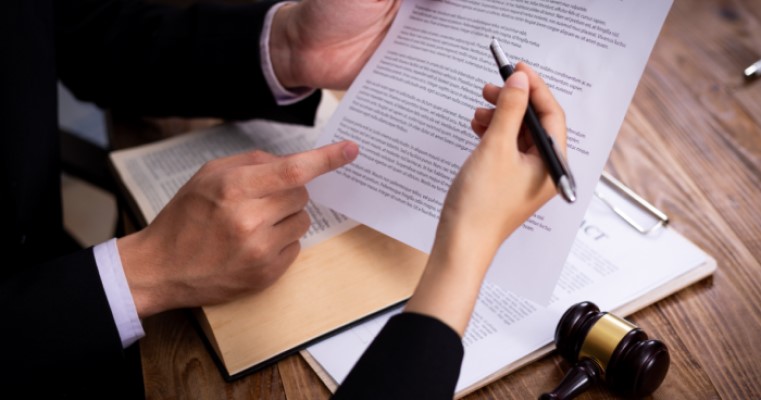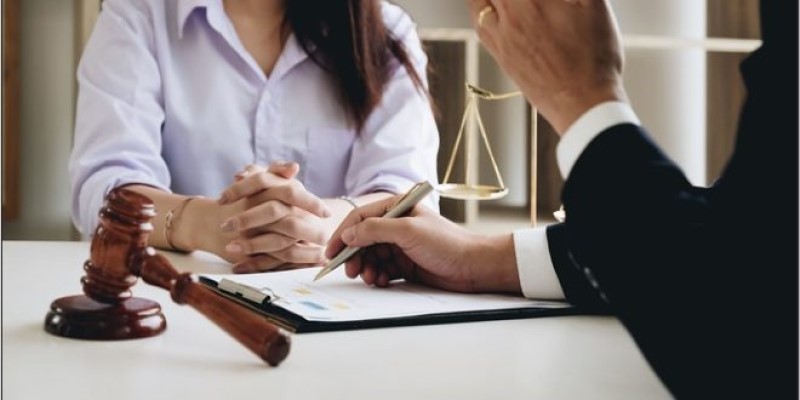The world of streetwear has always been a realm of constant creativity and innovation, with brands vying for attention and recognition. In a recent development that has sent shockwaves through the fashion industry, two titans, Nike and BAPE, find themselves entangled in a legal battle over alleged trademark infringement. This article delves into the intricacies of the Nike BAPE lawsuit, examining the arguments presented by both sides and the potential implications for the streetwear landscape.
Background of Nike and BAPE
Nike, a global sportswear and lifestyle brand, needs no introduction. Renowned for its iconic swoosh logo and innovative designs, Nike has dominated the athletic footwear and apparel market for decades. On the other hand, BAPE, short for A Bathing Ape, is a Japanese streetwear brand that has gained immense popularity for its distinctive camouflage patterns and bold graphics.
Overview of Trademark Infringement
Trademark infringement occurs when one party uses a mark that is confusingly similar to another party’s registered trademark. It encompasses the unauthorized use of protected elements such as logos, symbols, or brand names. Trademarks serve as indicators of origin and help consumers distinguish between different products and brands.
The Emergence of the Nike BAPE Lawsuit
The Nike BAPE lawsuit arose when Nike alleged that BAPE’s latest collection featured designs that closely resembled their iconic Air Jordan sneakers. Nike claimed that BAPE’s use of similar color schemes, patterns, and design elements constituted trademark infringement and dilution of their brand identity. BAPE, on the other hand, refuted these claims, asserting that their designs were original and inspired by broader streetwear trends.
Analysis of the Alleged Trademark Infringement
To determine the validity of Nike’s claims, it is essential to analyze the elements of trademark infringement. The court will assess the similarity between the marks, the likelihood of confusion among consumers, and the potential damage caused to Nike’s brand reputation. Additionally, BAPE’s intent and the presence of any defenses will also be scrutinized.
Legal Arguments from Nike’s Perspective
Nike’s legal team argues that BAPE intentionally copied its designs to capitalize on its brand recognition and market success. They contend that BAPE’s actions are detrimental to Nike’s reputation and create confusion among consumers who may mistake BAPE products for Nike originals. Nike will likely present evidence from consumer surveys, sales data, and expert testimonies to support their claims.
Legal Arguments from BAPE’s Perspective
BAPE’s defense team asserts that their designs are unique and do not infringe upon Nike’s trademarks. They argue that similarities between their products and Nike’s Air Jordan sneakers are coincidental or reflect broader streetwear trends that cannot be exclusively attributed to Nike. BAPE may present evidence of their design process, inspiration boards, and testimony from industry experts to bolster their case.
Court Proceedings and Rulings
The court proceedings will involve a rigorous examination of evidence and legal arguments from both parties. The judge will evaluate the strength of the claims and defenses, consider precedents in trademark law, and determine whether there is a likelihood of confusion among consumers. The final ruling will have far-reaching implications for the future of both brands and the broader streetwear industry.
Public Perception and Reactions
The Nike BAPE lawsuit has garnered significant attention from streetwear enthusiasts, industry insiders, and the general public. Social media platforms buzz with discussions, debates, and speculations about the case. Some consumers express disappointment over the legal dispute, while others eagerly await the outcome, curious about its impact on the market and their favorite brands.
Impact on the Streetwear Industry
Irrespective of the court’s ruling, the Nike BAPE lawsuit will undoubtedly shape the streetwear industry’s trajectory. If Nike secures a favorable verdict, it may discourage other brands from attempting to imitate its iconic designs, reinforcing the importance of protecting intellectual property. Conversely, if BAPE emerges victorious, it may embolden other streetwear brands to push the boundaries of design inspiration and creativity.
Potential Resolutions and Settlements
As the legal battle progresses, both Nike and BAPE may explore potential resolutions and settlements. They could consider licensing agreements, collaborations, or even a joint statement to reconcile their differences and protect their respective brand identities. Such resolutions could signal a willingness to find common ground while maintaining the individuality and creative expression that define streetwear.
Lessons Learned and Future Implications
The Nike BAPE lawsuit serves as a reminder of the significance of trademark protection and the complexities of intellectual property in the fashion industry. It highlights the need for brands to strike a delicate balance between fostering creativity and safeguarding their distinctive elements. This legal battle will influence future design practices, collaborations, and legal strategies within the streetwear landscape.
Conclusion
In the ever-evolving realm of fashion, the Nike BAPE lawsuit represents a critical moment that will shape the streetwear industry’s future. As the legal proceedings unfold, the outcome will reverberate through the corridors of creativity and commerce. The ultimate ruling will not only decide the fate of Nike and BAPE but also influence how brands navigate intellectual property challenges in the pursuit of innovation.
FAQs
Q: What is trademark infringement?
A: Trademark infringement occurs when one party uses a mark that is confusingly similar to another party’s registered trademark without authorization.
Q: How does the Nike BAPE lawsuit impact the streetwear industry?
A: The lawsuit will impact the industry by setting precedents for the protection of intellectual property and influencing future design practices.
Q: What are some potential resolutions to the Nike BAPE lawsuit?
A: Potential resolutions include licensing agreements, collaborations, or joint statements to reconcile differences and protect brand identities.
Q: What can we learn from the Nike BAPE lawsuit?
A: The lawsuit emphasizes the importance of trademark protection and the need for brands to balance creativity and safeguard their distinctive elements.
Q: How are consumers reacting to the Nike BAPE lawsuit?
A: Consumer reactions vary, with some expressing disappointment while others eagerly await the outcome and its impact on the market and their favorite brands.




